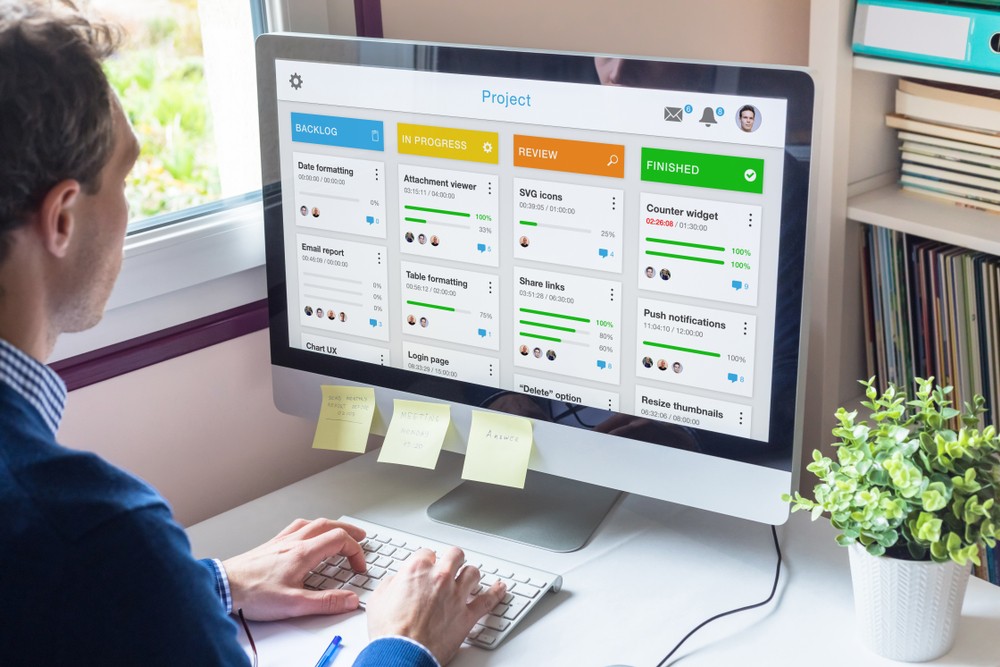Here’s Why Your Maintenance Team Needs a Central Kanban Board

Of the many Lean manufacturing terms to learn and know, Kanban is among the most important. Kanban represents process — your workflow, visualized. Kanban is part scheduling ideology, part workflow management tool, and an essential part of Just-in-Time (JIT) manufacturing. Most factories use Kanban in practice, but putting your Kanban concept down on paper (or a whiteboard) can take the effectiveness of this concept to a new level. There’s a reason Kanban boards are so essential in factories big and small.
Kanban in definition and in practice
Like all things Lean, Kanban takes its name from its action. In Japanese, Kanban means “sign” or “placard,” which shows the roots of the Kanban system in its earliest days of deployment. Back in the 1980s, Lean manufacturing practitioners would literally use small flashcards or signs to indicate that it was time to reorder product.
Kanban has since evolved beyond its name to indicate the practice of moving items through a workflow. Today, the Kanban process still uses a flashcard-style model; however, these cards represent specific tasks that move through a linear workflow, from planning to completion.
The Kanban board and why it’s so great
The simplest way to visualize Kanban is with a project board. It could be a corkboard or a whiteboard — any horizontal flat surface that supports moving tasks from left to right, phase to phase. Most Kanban boards have three to five sections, generally consisting of the following phases:
- To-do
- In progress
- Review (optional)
- Done
There can be as many or as few phases as needed on a Kanban board, but it’s generally smart to keep it simple and stick to the essential phases. With each phase set up, tasks are written on cards and placed in the “to do” column, moving to the right every time they enter the next phase, until they’re done and removed from the board.
The simplicity of the Kanban board is what makes it so effective. You can instantly look at the board to see where there are bottlenecks or backups. The visibility and transparency of the board brings accountability and actionability to the entire maintenance team. Moreover, Kanban boards have proven benefits as part of a larger Lean manufacturing environment, such as:
- Improved efficiency
- Increased productivity
- Improved work distribution
- Cohesive teams and management
- Better focus
- Decreased waste
- Improved flexibility
- Better predictability

Examples of Kanban at work
The benefits of a Kanban board are instantaneous. Imagine putting 20 tasks on the board, each of varying complexity — all with a deadline of the end of the week. Over the course of just one or two days, you’ll have a real-time look at where you stand. Are you on-track to complete everything by the deadline? Are there any tasks already completed? What needs to get done as a precursor to another task? It’s all immediately evident with a glance at the board.
Now, consider a specific task. Where is it on the board? Who’s handling it? What’s preventing it from its next phase? There’s real value at the task level, allowing workflow managers to ensure granular tasks get the attention they need to continue progressing through to the finished stage.
The beauty of a Kanban board is its scalability. You can monitor just a handful of tasks or have a multifaceted board with dozens of in-progress duties on it. Regardless, they all come with necessary visibility, oversight, and accountability.